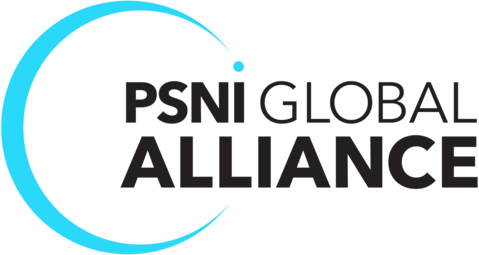The global COVID-19 pandemic has turned just about everyone into a remote worker, relying on video collaboration for at least some of the time. According to recent data, while only 17 percent of survey respondents reported working from home five days a week before the pandemic hit, 44 percent now report working remotely full-time.
This shift has required companies to adjust in unprecedented ways—and at an unprecedented speed. But, for many of them, this is only the beginning of a longer-term shift in how and where work gets done. As the current crisis comes to an end, many companies will be facing a new economic reality where reducing real estate and other overhead costs will be necessary to avoid staff reductions and layoffs.
And many employees who have made the shift to working from home won’t be in any rush to get back to the office, either. All of this means your organization doesn’t just need a “get by” plan to get you through the short-term—you also need a long-term strategy that can support increased remote work and virtual collaboration even after the crisis has passed.
The good news is, you don’t have to do it alone. In our new guide, Deploying AV Solutions in a Crisis and Beyond, we outline some key advice from experienced PSNI Global Alliance members to help you deploy the solutions your current circumstances demand while also helping you start now to prepare for your future needs.
Get Concrete Advice Now for the Future of Virtual Work
No one was quite ready for such a fast and radical shift in the way work gets done, and it might be tempting to rush to a solution that’s good enough for now and leave the longer-term strategy for later. But PSNI experts warn that approach could leave you with audiovisual solutions employees don’t like, and that won’t meet your ongoing and evolving needs.
Instead they recommend a proactive strategy that meets the unique needs of now while also supporting your future expansion and collaboration goals. Here are three pieces of expert advice to get you started:
Get as much user feedback as you can. Some employees in your organization may have been working remotely for years, while others are brand new to the world of video conferencing software, online meetings, and mobile apps.
But everyone will have something to say about what’s working and what’s not. Collect as much feedback from your employees as you can to help you understand their real needs, workstyles, and preferences. Then you’ll be in a much better position to develop a long-term strategy that satisfies them.
Determine if and how your current solutions can be part of your future strategy. You may be using cost-effective, “get by” strategies for now, but are they robust and long-lasting enough to be part of a comprehensive AV strategy going forward? For example, maybe your team members are holding successful virtual meetings using Microsoft Teams or Zoom, and second-hand webcams.
But when the executive team heads back to the office and expectations about the quality and reliability of remote meetings changes, will those solutions be able to keep up? Or maybe you are using third-party services for specialized capabilities such as video streaming, which are in high demand now. But will those capabilities be part of your future AV strategy? And if they are, is a third-party provider the most cost-effective way to meet the need?
Start working with a qualified AV integrator now. We don’t know when the current crisis will end but we do know it will end and you don’t want to be left scrambling to keep up with the new normal—whatever that will look like for your organization.
If you start now, a PSNI integrator can help you engineer a comprehensive AV solution that considers user feedback and your longer-term goals and is ready to go the moment you need it. By working with an integrator now to meet upcoming needs you can avoid scheduling delays and get an early start on conversations about financing options and buying models that will meet your changing budget requirements.
While the current pandemic is unlike anything any of us has ever seen, PSNI integrators have been connecting people and enabling remote communication for decades. To get more of their insights into developing a plan in a crisis—or outside of it—download the comprehensive guide today.










